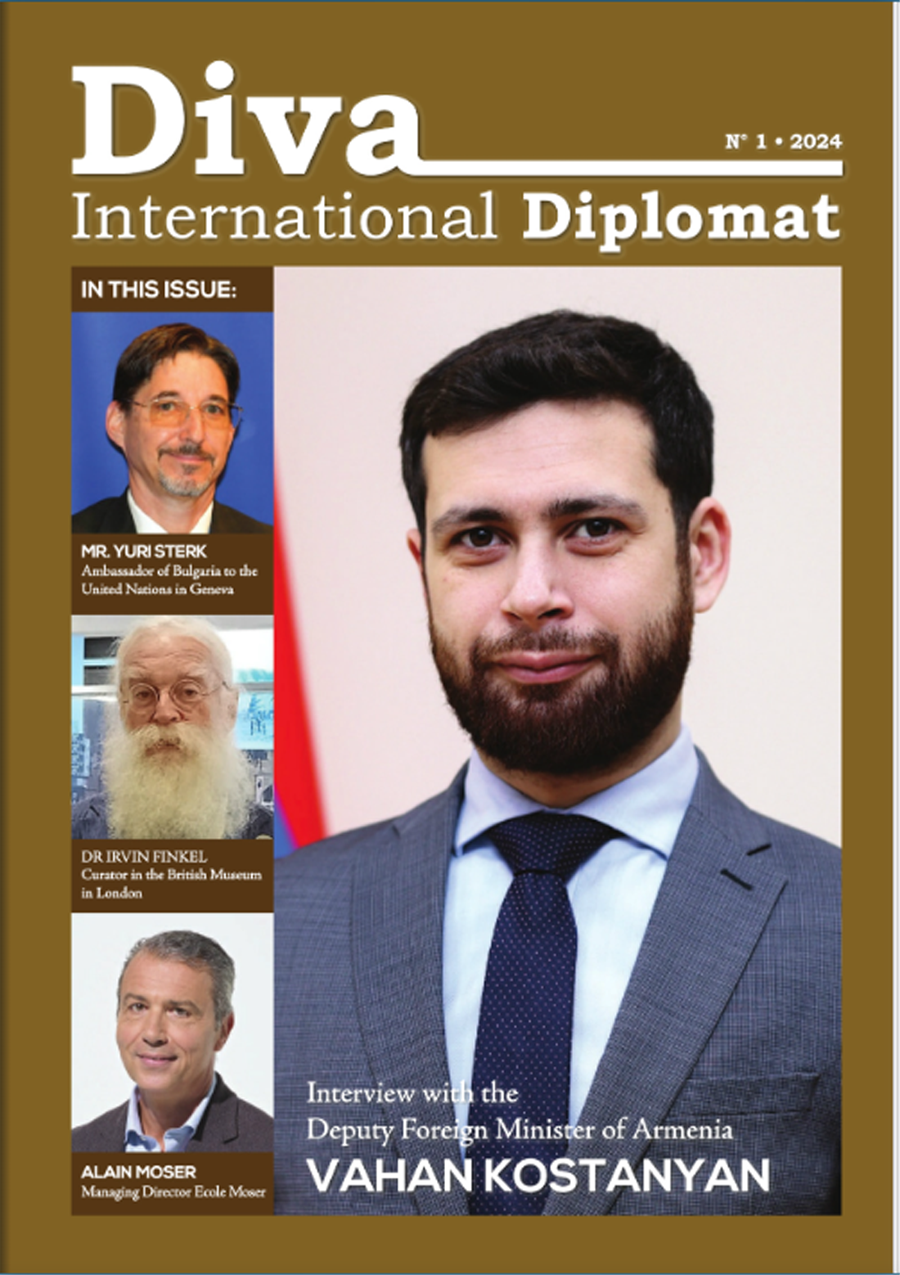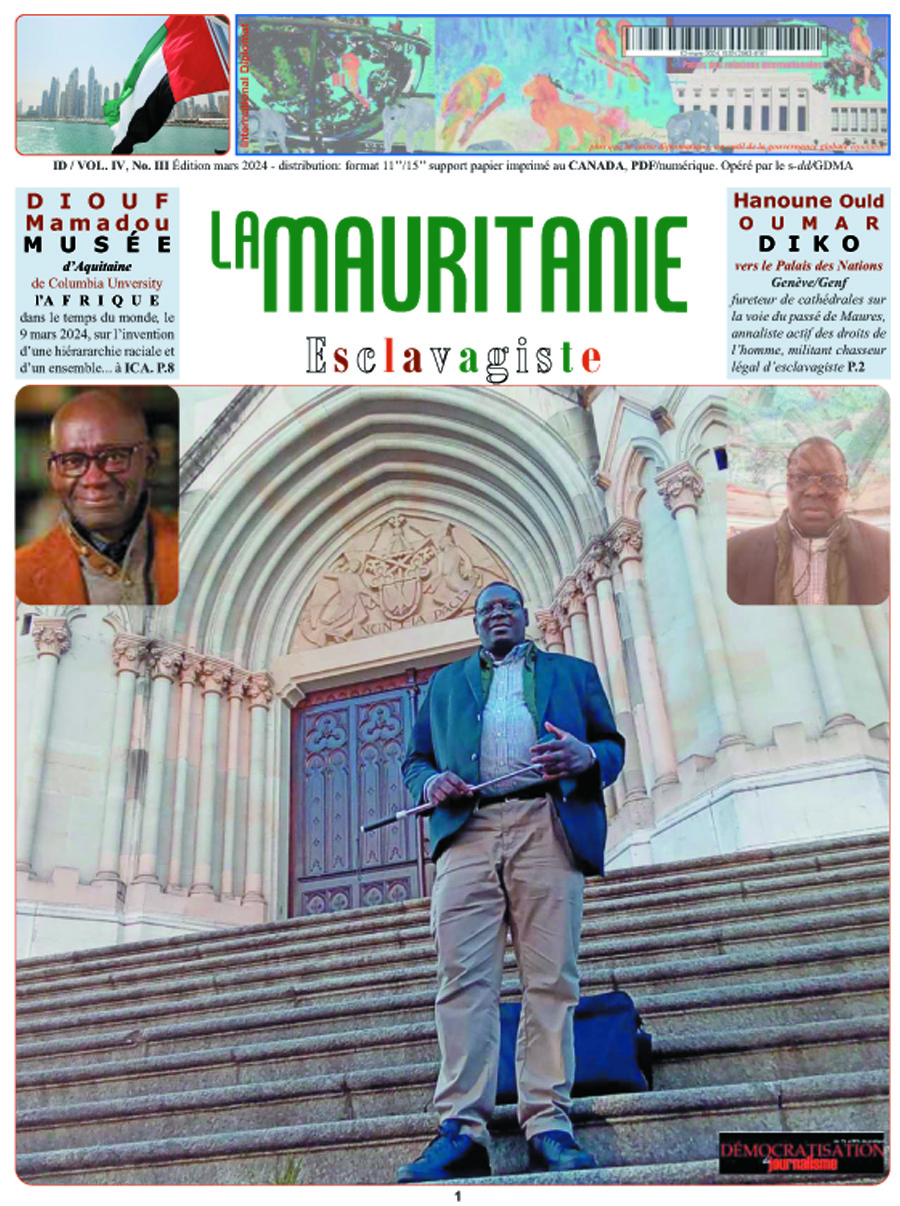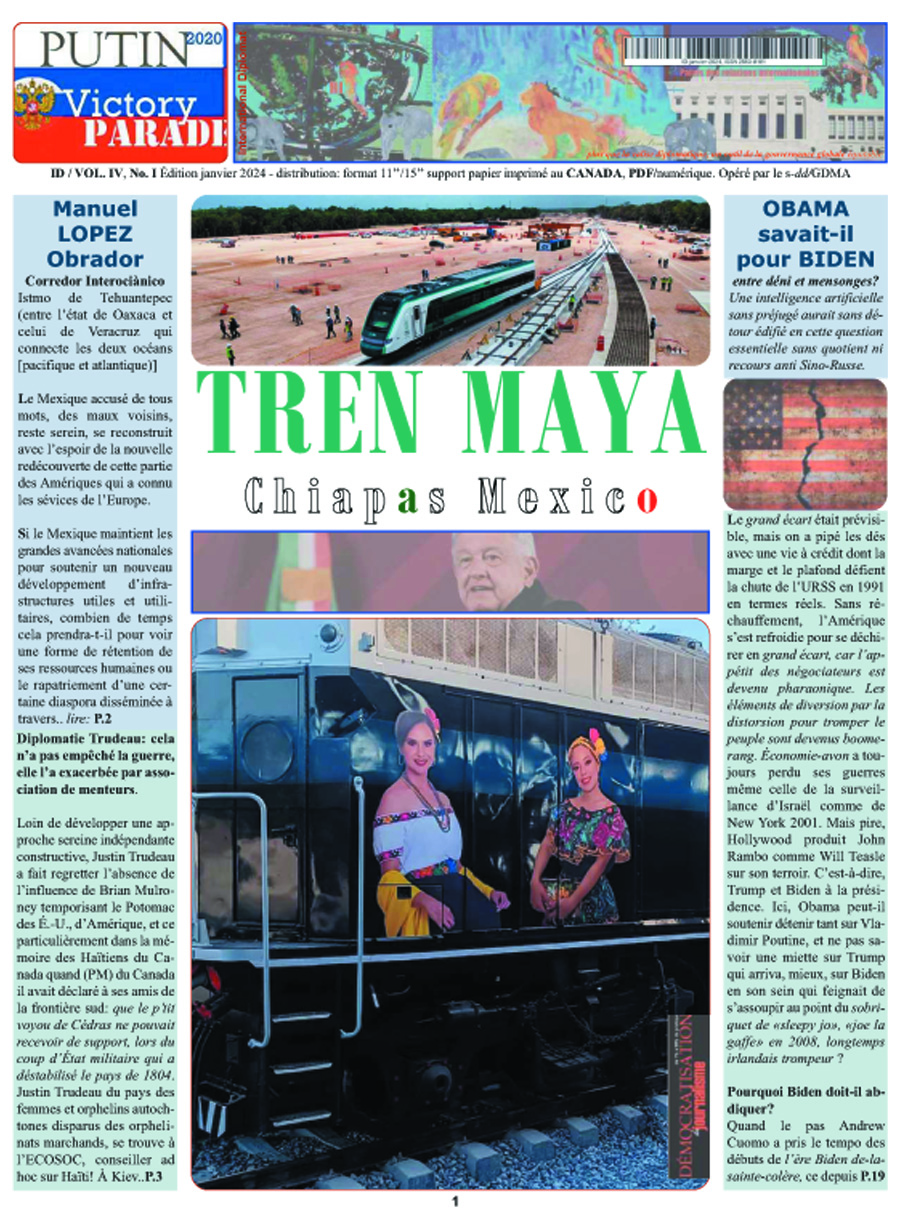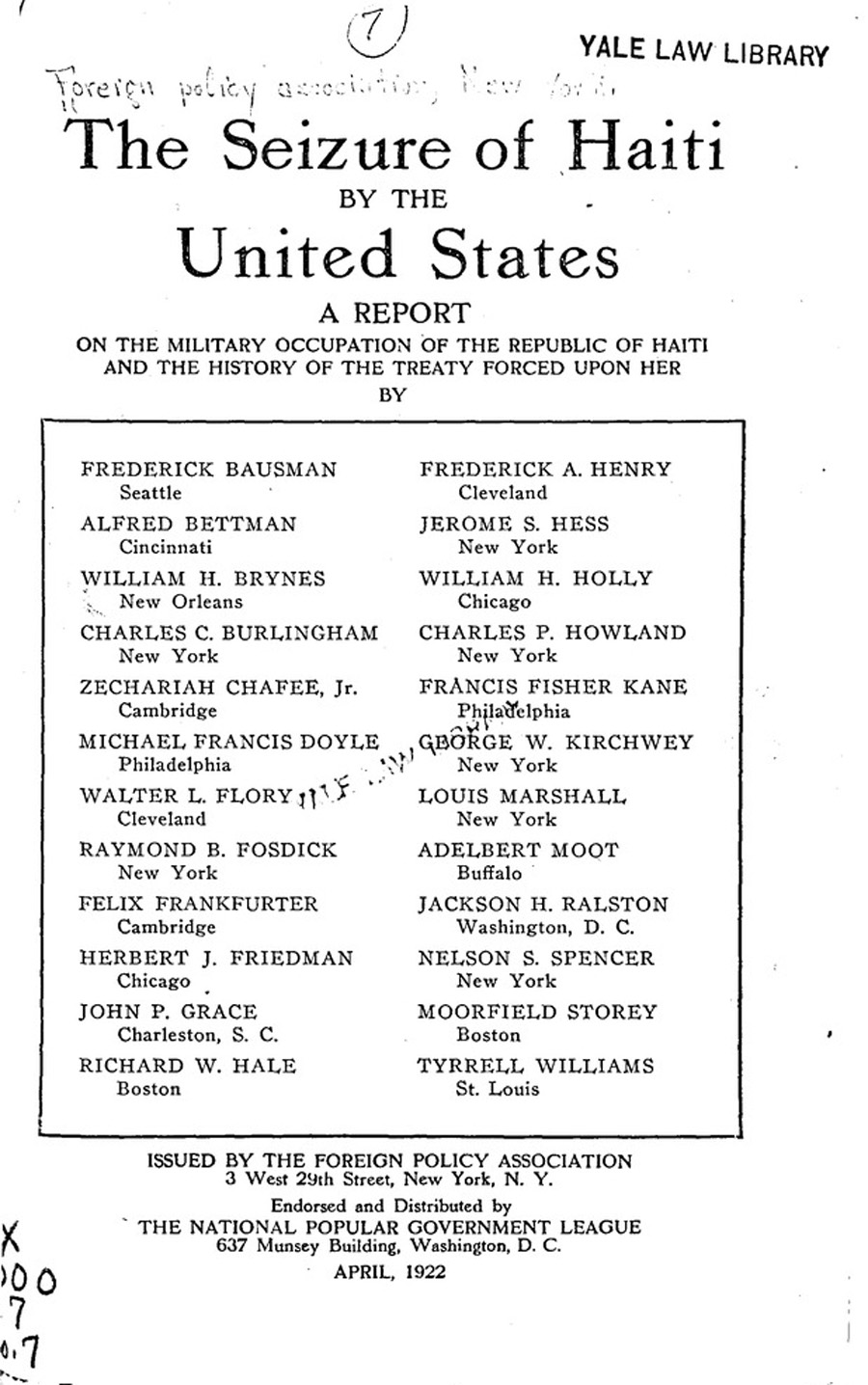Guillaume Courtet was born in the village of Sérignan, close to the town of Bèziers, in the French department of the Herault, in the region of Languedoc Roussillon. A special plaque is placed at the house where he was born in the historical centre of Sérignan.
While still a pupil with the Jesuits in Bèziers, the first Christian martyrdom had just taken place in Nagasaki in 1597. Twenty six men, women and children were crucified after a long and arduous way of the Cross. And yet, Japan had welcomed the Word of God brought by Francis Xavier and others in the middle of the sixteenth century.
About fifty years later, there were nearly 200,000 Christians and a Japanese clergy when the persecution started: among the 1597 martyrs, three were Jesuits and one was Japanese. Thirty years after the first martyrdom, Guillaume Courtet asked his superiors to allow him to follow the same route. Persecution was well established and omnipresent in Japan, including the great burning at the stake in 1622. Shortly after there were no more priests and the surviving Christians transmitted their faith in secret.
Itinerary of a Preacher
Born in 1589, after leaving Sérignan and Bèziers, he continued his education in Toulouse where he met Dominicans and their Prior and expressed his desire to enter their order. A year’s noviciate in Albi ensued where his wish was confirmed on 15 August 1609 at the age of eighteen. He was ordained a priest in his twenty-fourth year. His devoutness and intellectual capacities were quickly recognised and he was soon charged with responsibilities such as Master of Novices and teacher of Theology.
For many years he lectured in Philosophy and Theology at Saint Maximinin’s and Toulouse. In 1624 he was elected prior of the large Priory in Avignon. Two years later the Order sent him on a delicate mission of reform to Northern Europe. At the end of this mission in 1628, he asked the superior of the Dominican order to let him carry out his childhood vocation and “go where I have always wanted” risking “sufferings to which I wish to be laid open” as he wrote in a letter to Paris on 30 August 1628.
Around the World
His request was finally accepted, but he would have to change his nationality and congregation because only Portugal or Spain were authorised to send missionaries abroad. He arrived in Madrid in December 1628 at the Priory of Saint Thomas and took on the name of Thomas de Santo Domingo. He remained in Spain for five years before being authorised to travel to Manila, via Mexico.
At the University of Manila, as he had done in Madrid, he taught Theology. He was greatly recognised as a teacher and confessor. His ascetic life was contrasted with his caring attitude towards others, but the distress calls from the Japanese Christians deprived of their priests reached them in Manila via passing sailors. This hastened the departure of Guillaume Courtet and his five companions, one of whom was a laymen fleeing Spanish justice, aboard a Chinese junk.
After an extremely dangerous month at sea, it was later revealed that they had landed on the Okinawa Islands on 10 July 1636 in the middle of the night and donned Japanese clothing. It was the last news received for one year and it is not known exactly what ensued during their year’s imprisonment.
Supreme Testimony
Fourteen months after landing, Guillaume and his five companions were transferred from Okinawa to Nagasaki as ordered by the central constabulary. It was there that they were submitted to fourteen days of public torture. The idea was to make them reject their faith in front of the crowd who were thought to be largely Christians, particularly numerous in Nagasaki at the time.
Over a hundred testimonials were written, mainly by sailors who described the torturing and cruelties in minute detail. Some even reported what they had heard the martyrs saying. One jailor who took pity on his unusual prisoners that spoke only of peace was amazed and asked “Why did you come to Japan knowing full well that you would be killed after such atrocious suffering?” On hearing this, Guillaume replied “Tell your judges that we did not come seeking neither death or torture, our goal was to preach divine love for Christ … even if it costs us our lives.”
Canonisation
The process of Canonisation began a year after the martyrdom but faced administrative obstacles. The Sérignan community and members of his family honoured his memory as soon as his martyrdom was announced and have remained faithful over the centuries.
In time it was decided to revive his cause and at the end of the nineteenth century it was to be Father Tarniquet, then parish priest of Sérignan, who took over. A later parish priest, Joseph Estournet, who was contacted by a young relative of Guillaume Courtet, founded the Association of Friends and Relatives of Father Courtet, in 1962 and was to become postulator of the canonical cause. Guillaume Courtet and fifteen other missionaries martyred in Japan, five of whom were his initial travelling companions, were beatified in Manila in 1981 and canonised saints in Rome in 1987.
A prayer is dedicated to the saint and his companions, Imprimatur 18 October 1987, by Louis Boffet, Bishop of Montpellier. The liturgical feast is celebrated on 28 September.
Parish of Saint Guillaume Courtet
Established by the Diocese of Montpellier, The Saint Guillaume Courtet Centre exists thanks to the legacy bequeathed by the late Father Joseph Estournet in 1993. It includes paintings of the saint and images of the public spectacles of the martyrdom.The small sanctuary boasts a showroom with historical documents and photos permanently on display and a room for archives and research. It acts as a catechism and visitor’s centre in the heart of Sérignan close to where a statue of the saint stands in front of the Collegiale.
Since 2003 the parish brings together the neighbouring churches of Sérignan, Sauvian, Vendres and Valras that is assigned with a missionary vocation.
Ita Marguet, October 2011
Note: Acknowledgement is given to documentation and other sources available at The Saint Guillaume Courtet Centre, Sérignan, France. It follows a visit in September 2011.





